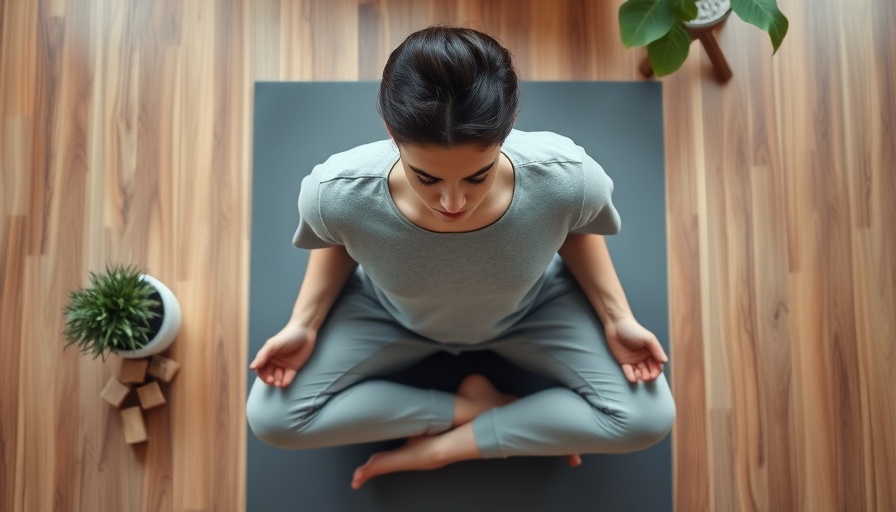
Unpacking Creative Burnout: More Common Than You Think
In today's fast-paced world, where juggling multiple projects has become the norm, burnout is no longer just a problem faced by a few; it's a growing concern for many professionals, especially those in the creative arts. Artists often pour their hearts and souls into their work, driven by passion, yet the very intensity of their commitment can lead to overwhelming exhaustion. This article delves into the complexities of creative burnout, exploring the emotional, financial, and social factors that contribute to this phenomenon.
The Emotional Toll of Creating
Creativity is an emotionally charged process. Artists often feel an intense pressure to produce work that resonates with audiences while also meeting their own standards. When creative blocks occur, they can trigger feelings of inadequacy and self-doubt. This emotional rollercoaster can lead to a decline in motivation, leaving artists struggling to find joy in their craft. Recognizing this emotional toll is the first step toward mitigating burnout. Artists must embrace the idea that it's normal to face creative slumps and downtime, and that taking breaks is not only acceptable but healthy.
Financial Pressures: A Real Concern
Financial instability is a significant pressure point for many artists, especially freelancers who might lack a steady income. The anxiety surrounding financial security can amplify feelings of stress and contribute toward burnout. It's essential for those in the arts to develop a solid financial plan that allows for a buffer during less fruitful periods. Seeking grants, scholarships, or alternative income sources can help alleviate some of these financial concerns and provide a safety net, enabling artists to focus more on their creative work without the looming shadow of financial strain.
External Expectations and Personal Standards
Artists often operate under the weight of external expectations: from galleries, audiences, and even peers. This pressure can lead them into a cycle of overcommitment, where they take on more projects than they can handle, in an attempt to meet or exceed these expectations. Learning to set boundaries and prioritize their own well-being over societal pressures is crucial. Artists should feel empowered to say no, and focus on quality over quantity in their work.
Building a Supportive Community
One of the most effective antidotes to burnout is connection. Creating a network of support—whether through peer mentorship, joining artist collectives, or participating in online forums—can provide much-needed encouragement and validation. Such communities allow artists to share their struggles and triumphs, fostering an environment where conversation about mental health becomes normalized. Support networks can act as a sounding board, offering insights that help reduce feelings of isolation.
Strategies for Recovery and Prevention
Recognizing the signs of burnout is half the battle; knowing how to mitigate it is the next step. Here are several strategies:
- Practice Self-Care: Make time for activities unrelated to art, whether it's reading, hiking, or meditating. Giving the mind a break can rejuvenate creativity.
- Set Realistic Goals: Establish achievable goals on a daily and weekly basis. Keeping targets manageable helps maintain motivation without feeling overwhelmed.
- Seek Professional Guidance: Consulting a mental health professional can provide tools and strategies specifically catered to managing creative careers.
- Engage in Regular Reflection: Journaling or creating art as a form of self-reflection can help artists process their feelings, identify triggers, and formulate coping strategies.
The Real Cost of Ignoring Burnout
Ignoring burnout can lead to serious consequences—not just in productivity, but also in an artist's overall quality of life. Prolonged burnout can result in mental health issues such as anxiety or depression, which in turn can sap the enthusiasm for one's craft. Acknowledging when burnout is present and taking proactive steps to address it can lead to long-term benefits, not just for individual artists but for the creative community as a whole.
Taking Action: Your Well-Being Matters
Understanding and addressing burnout is critical not only for personal well-being but also for community health. If you're an artist feeling overwhelmed, don't hesitate to seek help or take a step back to reevaluate your path. The beauty of art lies in the journey, and sometimes, pausing to breathe can lead to new inspiration. Let's start conversations about mental health within the arts, support each other, and create spaces where artistic expression can thrive without the looming weight of burnout.
Take a moment today to reflect on your work-life balance. Remember that prioritizing your mental health isn't just healthy—it's essential for a thriving artistic career.
 Add Row
Add Row  Add
Add 




Write A Comment